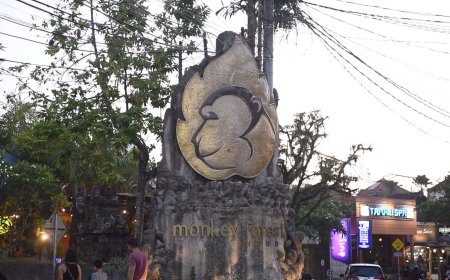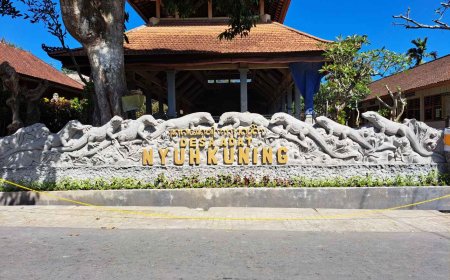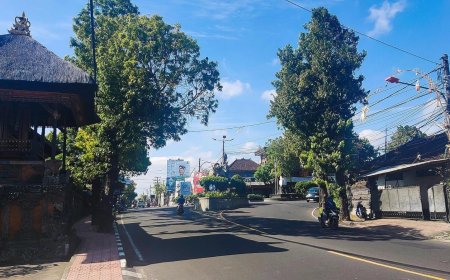Hidden in Time: Understanding Tanjung Benoa Village in Its History
Tanjung Benoa Village is located at the tip of Bali Island, south of Nusa Dua, South Kuta District, Badung Regency, Bali. In 1546 the coastal area of Tanjung Benoa was a small port commonly known as Benua.
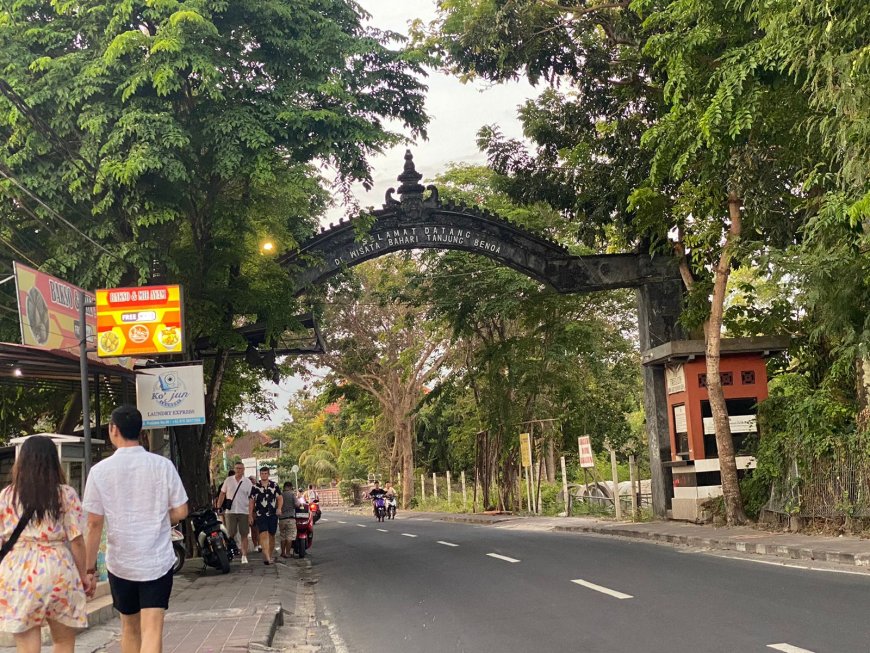
Bali is one of the areas visited by many local and foreign tourists. Bali is very famous for its very diverse tourist attractions, one of which is water sports tourist attractions or what are usually called water sports. One of the areas in Bali which is the largest water sports tourism center in Bali is Tanjung Benoa Village.
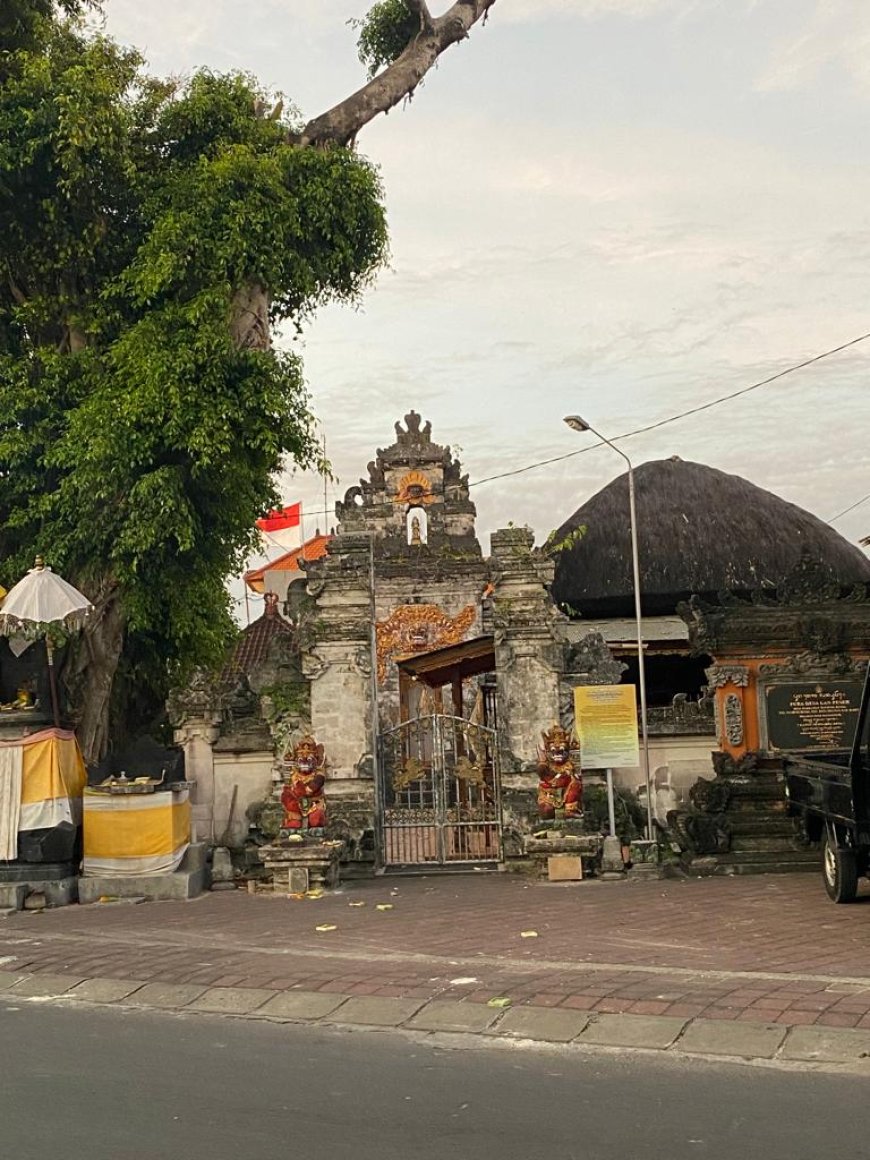
Desa Temple and Tanjung Benoa Puseh Temple (Source: Own Collection)
Geographically, Tanjung Benoa Village is located at the tip of the island of Bali, to the south of Nusa Dua, South Kuta District, Badung Regency, Bali, which is called the Tanjung Benoa Pakraman Traditional Village. Tanjung Benoa is a sub-district consisting of 6 banjars, including Banjar Purwa Santi, Banjar Tengah, Banjar Kertha Pascima, Banjar Anyar, Banjar Panca Bhineka, and Banjar Tengkulung. In Tanjung Benoa Village there is the Kahyangan Tiga Temple, namely Pura Desa and Puseh which is located close to Catus Pata, Tanjung Benoa Traditional Village which is in the middle of the village, Pura Dalem Kahyangan which is located to the west of the village. Apart from Kahyangan Tiga Temple, there are also Dalem Ning Temple and Taman Beji Temple which are located to the north of the village, Segara Temple to the east of the village and Taman Sari Temple located to the south of the village. In Tanjung Benoa Village there is not only a sacred place for Hindus, but there is also a sacred mosque for the Muslim population and a sacred temple for the Chinese (Chinese) population.
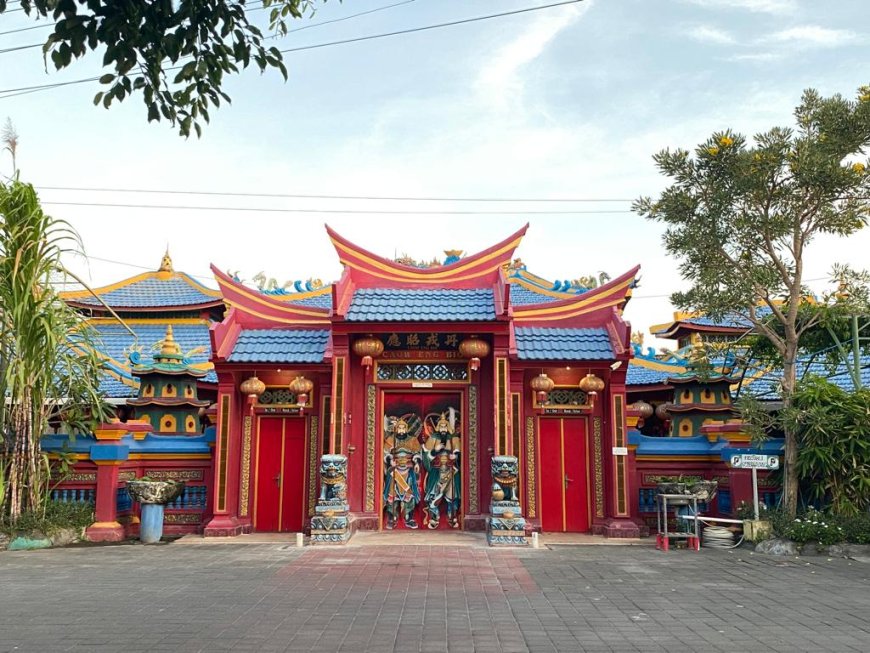
Caow Eng Bio Temple (Source: Own Collection)
The origins of Tanjung Benoa Village according to history, in 1546 the Tanjung Benoa coastal area was a small port commonly known as Benua. In ancient times, the Benua Harbor was used as a place of trade or buying and selling of ceramics and other agricultural products by the Balinese and traders from China (Chinese). Over time, many residents from China (Chinese) who are used to processing buying and selling transactions with native Balinese, finally settled in Tanjung Benoa Village. With so many Chinese citizens living in Tanjung Benoa Village, a fusion or acculturation of the two ethnic and cultural diversity in Tanjung Benoa Village was finally formed. One of the proofs that residents from China (Chinese) have long lived in Tanjung Benoa Village is the Caow Eng Bio Temple, which is the oldest temple in Bali. This pagoda was founded in 1548 and is located in the north of Tanjung Benoa Village which is adjacent to Dalem Ning Temple.
Apart from that, in Tanjung Benoa Village there is also a mosque for Muslim residents called the Jami' Mujahidin Mosque. The village of Tanjung Benoa really upholds the values of unity and tolerance. Because not only residents who are Hindus or native Balinese live here, but there are also those who are commonly referred to as Kampung Jawa. This Javanese village is a place where Muslim residents live and the area is very close to the Jami' Mujahidin Mosque. There are very diverse customs and cultures in Tanjung Benoa Village, therefore an acculturation or fusion of indigenous Balinese, Muslim and Chinese (Chinese) is formed.
Not only in daily life, the entire population in Tanjung Benoa Village upholds the value of tolerance, but when holding holidays or holding traditional ceremonies, the whole community here maintains the security and smooth running of the ceremony. As on Nyepi Day, not only the native Balinese participate in the ogoh-ogoh performance, but Muslim residents and Chinese residents also participate in the ogoh-ogoh performance. During Eid al-Fitr or Chinese New Year, the native Balinese also participate in maintaining the security and smooth running of the event, such as pecalang who stand guard around mosques and temples.
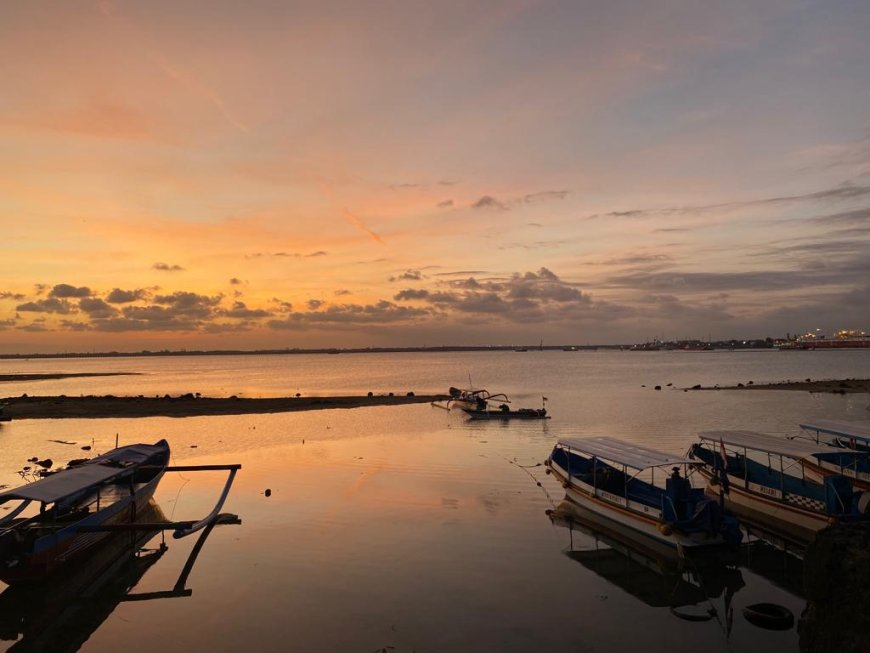
Sunset and Several Boats (Jukung) at Tanjung Benoa Beach (Source: Own collection)
Apart from the acculturation of customs and culture, Tanjung Benoa Village is also very famous for the beauty and beauty of its beaches, especially in the afternoon when the sun is setting. Several beaches here also provide boats (jukung) for fishing and traveling around the Tanjung Benoa beach area and here also provide water sports tourism or what is usually called Water Sport.


















































